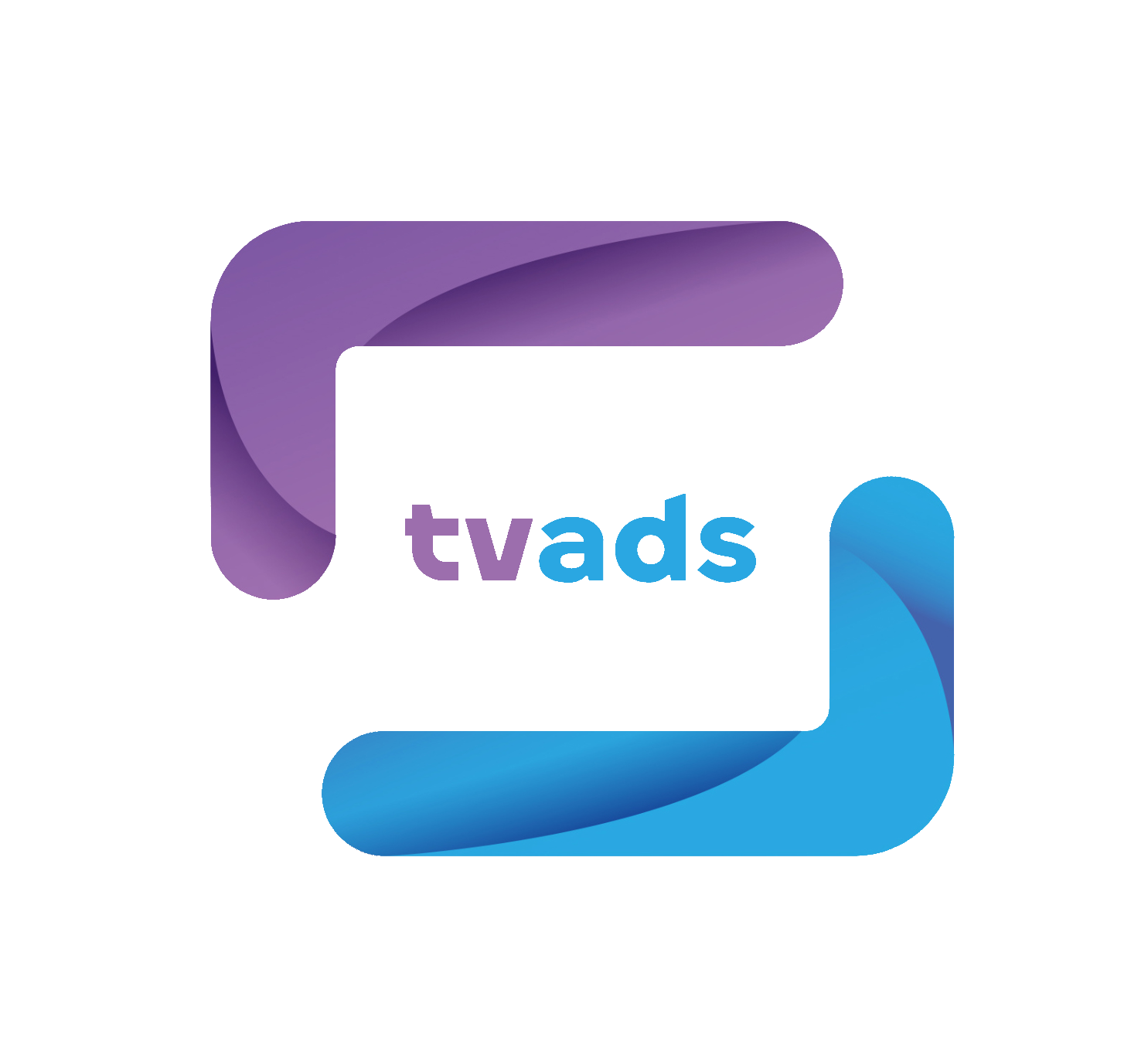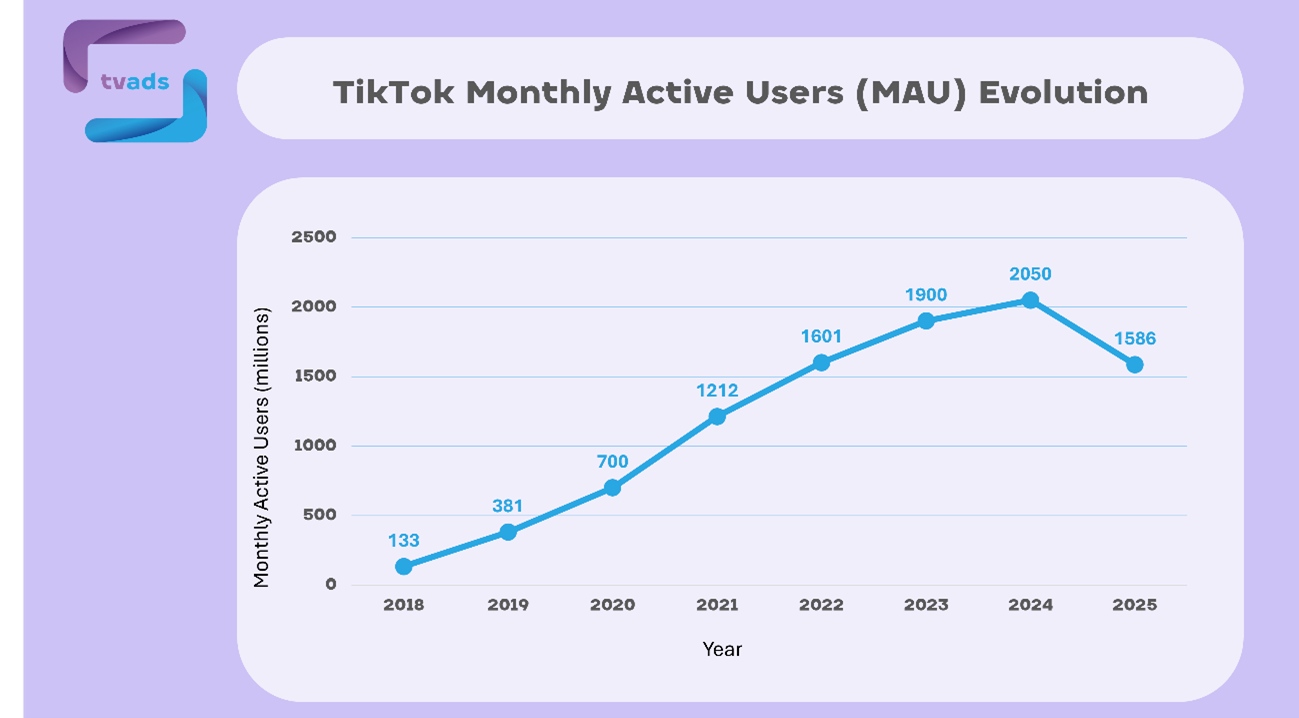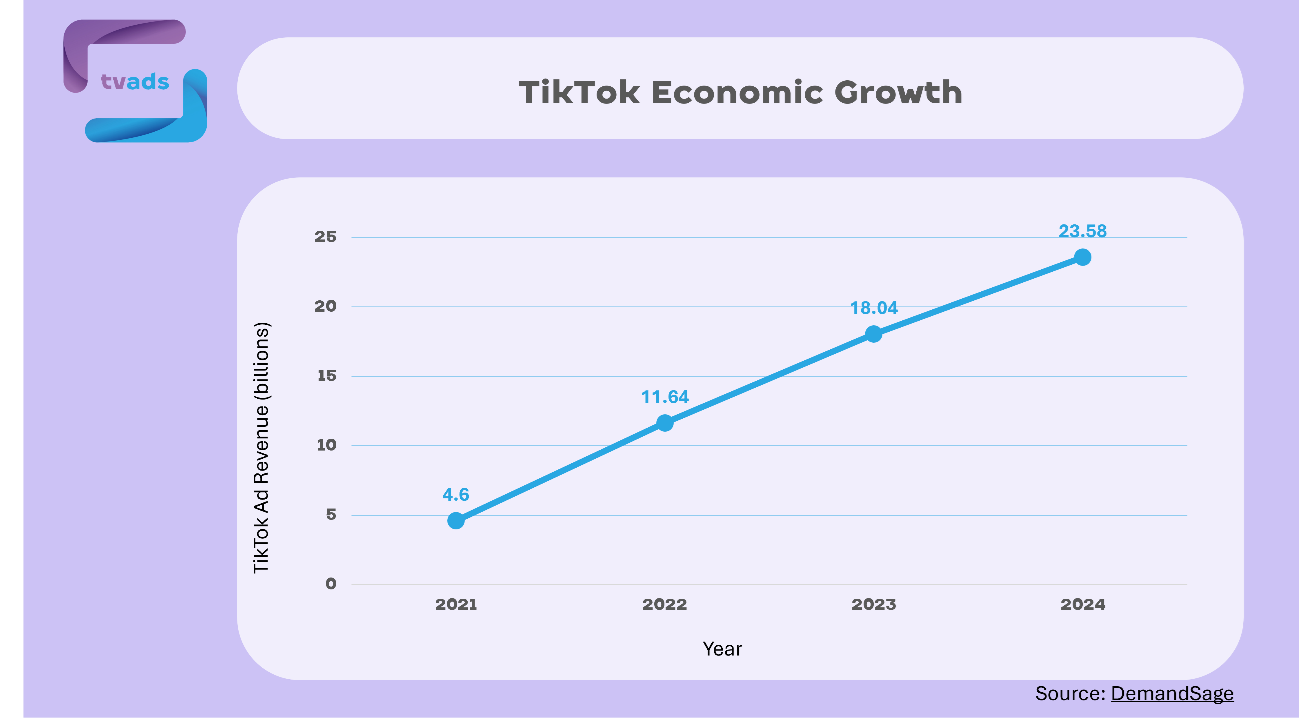

TikTok has consolidated its position in record time as one of the most influential social networks in the world.
Born as a short-video platform with a purely entertainment focus, it managed to stand out from its competitors thanks to an algorithm capable of perfectly understanding each user’s interests. The result: a personalized experience that captivates from the very first use and turns every scroll into an endless stream of highly addictive content.
Its growth has been exponential, especially among Generation Z and millennials, who found in TikTok a space that feels more spontaneous, dynamic, and participatory than traditional social networks. Viral challenges, memes, music, and the rise of new digital creators have turned the platform into not only a channel for entertainment, but also a cultural engine with a direct impact on advertising, music, fashion, and content consumption on a global scale.
Its success may seem unquestionable today, but… how did it all begin? The story of TikTok dates back to 2016, when the Chinese company ByteDance launched an application called Douyin in its local market. Initially conceived as a short-video platform with a strong focus on music and entertainment, it quickly began to gain popularity in China thanks to its intuitive interface and, above all, its powerful recommendation algorithm.
The key lay in ByteDance’s vision: to create a product designed for a generation of users who preferred short, dynamic, and easily shareable content. Douyin quickly became a national phenomenon, but its founders had a far more ambitious goal: to break into the international market. That’s how the global version of the platform was born, under a name that today is impossible to ignore: TikTok.
After consolidating its presence in China under the name Douyin, the next step was to take the app beyond its borders. In 2017, ByteDance launched TikTok for international markets, and just a year later, it made a decisive move with the $1 billion acquisition of Musical.ly. This strategic purchase integrated an already highly active community in the United States and Europe, allowing TikTok to inherit a solid user base and accelerating its penetration in the West — propelling it to the forefront of the digital ecosystem.
In a short time, the app climbed the download charts, especially in the United States, where it became Generation Z’s favorite social network, and in Europe , where it quickly gained traction in countries like the United Kingdom, France, and Germany. Its value proposition was clear: a fresh, dynamic, and highly viral format that broke away from the more polished aesthetics of Instagram or YouTube.
The numbers speak for themselves. In 2018, TikTok had already surpassed 55 million monthly active users, a figure that rose to more than 500 million in 2019. By 2021, it had established itself as the most downloaded app in the world, and in 2023 it exceeded 1.5 billion active users globally. Moreover, the average time spent per user far surpasses that of traditional platforms: in countries like the United States and the United Kingdom, users spend nearly an hour a day on the app on average — more than on Instagram or Facebook.

TikTok has emerged as a key player in the digital advertising landscape. Its advertising platform, TikTok Ads Manager, provides brands with advanced targeting tools, innovative formats such as TopView, In-Feed Ads, and Branded Effects, as well as the opportunity to collaborate with native creators who produce authentic and highly viral content.
The platform’s economic growth is impressive:

This growth reflects the increasing confidence of brands in TikTok as a business driver. Sectors such as fashion, entertainment, technology, and fast food have significantly increased their advertising investment on the platform, aiming to connect with a young, engaged, and highly participatory audience.
Moreover, recent studies show that TikTok can deliver a higher ROI than other networks, thanks to the engagement generated by dynamic content and viral trends. Brands that collaborate with micro-creators and native talents achieve more authentic reach and higher conversions, demonstrating that TikTok is not just entertainment, but an advertising ecosystem with measurable results.
On the other hand, TikTok has also developed monetization models for its content creators, complementing its advertising ecosystem, much like YouTube, but with significant differences.
The main model is the Creator Rewards Program. This program offers payments based on video performance, providing an RPM (revenue per 1,000 views) ranging from $0.04 to $1. To access this program, creators must meet a series of requirements such as their country of residence, a minimum number of followers, a minimum number of views in the last 30 days, and so on.
Additionally, content creators on the platform have other income options, such as TikTok Shop (commissions from sales generated through product links), LIVE Gifts (where users send virtual gifts that creators can convert into real money), and brand sponsorships and collaborations, with earnings negotiated directly based on the creator’s reach and engagement.
Compared to YouTube, the leading network for content creators, the latter offers a more structured model for partner creators through programs based on: average watch time of Premium subscribers, Super Chat, Super Stickers, Memberships (direct payments from users), and YouTube Shopping.
It is estimated that YouTube distributes around 55% of total revenue to creators who participate in these programs.
In essence, TikTok allows creators to generate income more flexibly and quickly, which is especially useful for those just starting out, while YouTube offers a more stable and predictable long-term path, ideal for creators with established audiences.
TikTok has been the subject of intense debate in the U.S., where it is accused of posing a national security threat due to its ties to the Chinese government. In January 2025, the Supreme Court upheld a law that prohibited TikTok from operating in the country unless its parent company, ByteDance, sold its controlling stake. This decision was based on concerns over the collection of personal data from U.S. users and its potential use by the Chinese government for espionage or content manipulation purposes.
However, the controversy is not limited to national security. Authorities, educators, and parents have raised concerns about the risks TikTok poses to the mental health of minors. The platform has been criticized for its addictive design, which encourages excessive use among teenagers and young adults, as well as for exposure to inappropriate or potentially harmful content. In response, a coalition of 14 states sued TikTok over the impact on minors’ mental health, arguing that the app exploits psychological vulnerabilities and contributes to issues such as anxiety, depression, and low self-esteem among young users.
On September 15, an agreement was reached that prevented the blocking of TikTok in the United States. Although the full details of the deal are not yet known, what does seem clear is that the app’s future in the country will involve a new structure with the entry of U.S. capital (still to be defined, with more details to come), in which Oracle — an American company — will play a central role in data management and in adapting the algorithm for the local market. Everything indicates that ByteDance will be relegated to a more limited role, particularly on the operational side, in an attempt to ensure greater security and oversight by the U.S. government.
In Europe, TikTok has also faced regulatory challenges. In May 2025, Ireland’s Data Protection Commission fined the platform €530 million for failing to adequately protect users’ personal data, particularly due to remote access from China. The commission stated that TikTok did not meet the data protection standards required by European legislation and gave the company six months to comply with the requirements or face a suspension of data transfers to China.
Additionally, in March 2024, Italy’s competition regulator imposed a €10 million fine on TikTok for failing to implement adequate controls over content that could potentially harm young or vulnerable users. These actions reflect a stricter approach by Europe toward foreign tech platforms, aiming to ensure user protection and transparency in data management.
Beyond legal sanctions, TikTok has faced criticism for its design, which many consider ethically questionable. The platform uses advanced algorithms that personalize content so effectively that users, especially minors, can spend hours scrolling through the feed without realizing how much time has passed. This design has been linked to an increase in disorders related to excessive screen use, such as social media addiction, and to exposure to content that can negatively affect the emotional and psychological well-being of young people.
In response to these concerns, some European countries have proposed stricter measures. For example, a parliamentary committee in France is currently proposing to ban social media access for minors under 15, due to the negative effects of platforms like TikTok on teenagers’ mental health. The proposal also includes a “digital curfew” for young people aged 15 to 18 and awareness campaigns about digital risks.
These cases highlight that, although TikTok is a cultural and advertising phenomenon, its growth is conditioned by regulation and user trust—factors that brands and creators must take into account.
The future of TikTok looks bright, although not without uncertainty. The platform continues to grow in both users and advertising investment, establishing itself as a key channel for all types of brands. However, its presence in certain markets, especially the United States and some European countries, will depend on its ability to adapt to strict regulations and protect users’ privacy.
Beyond politics and advertising, TikTok has become a symbol of Chinese technological power in contrast to Silicon Valley and a driver of global cultural transformation. What began as a short-video app is now an ecosystem where culture, entertainment, and business converge, redefining the way we consume and create digital content.
At tvads we has a professional team able to advise you on this field and and guide you in any area of your streaming advertising business, advising you or even operating it on your behalf if necessary
All author posts